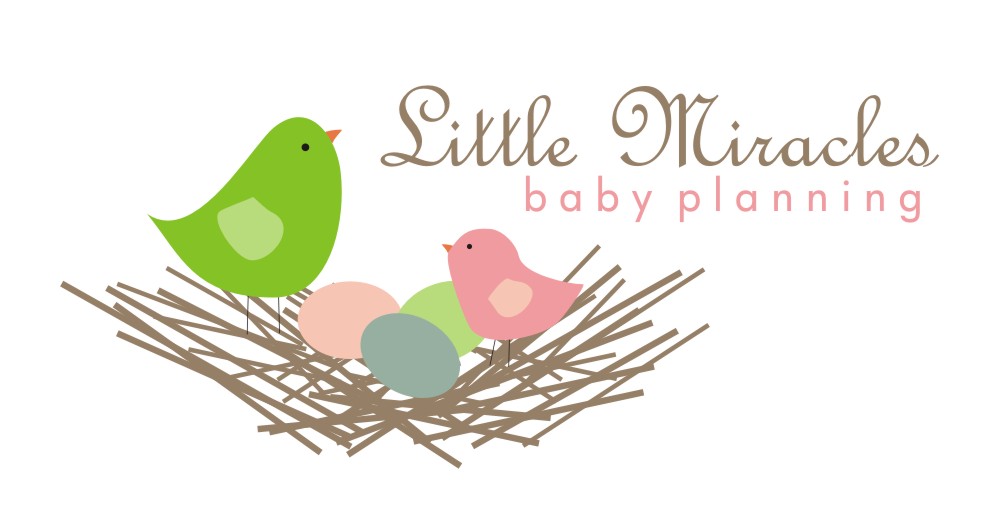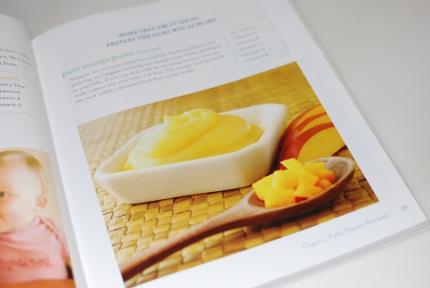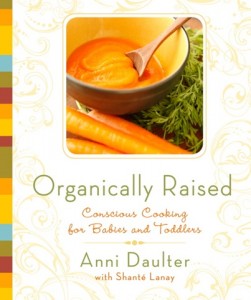from
Environmental Law Foundation
I find
this press release to be very disturbing! You will find in this list even several organic brands and popular, normally safe, brands like Trader Joes.
Here’s another link with similar info. Be sure to check out the list below and throw out any these you may have at home.
On June 9, 2010 the Environmental Law Foundation (“ELF”) filed Notices of Violation of California Proposition 65 Toxics Right to Know law, alleging the toxic chemical lead was found in a variety of children’s and baby foods. The specific food categories included apple juice, grape juice, packaged pears and peaches (including baby food), and fruit cocktail. A complete list of the companies and products named appears with the notice and is located on the ELF website.
LEAD-TAINTED PRODUCTS
1. 365 Everyday Value Organic 100% Juice Concord Grapes
2. Beech Nut 100% Apple Juice
3. Best Yet Bartlett Pear Halves in Heavy Syrup
4. Best Yet Chunky Mixed Fruit in Pear Juice
5. Best Yet Yellow Cling Peach Halves in Heavy Syrup
6. Chef's Review Fruit Cocktail
7. Del Monte 100% Juice Fruit Cocktail
8. Del Monte Chunky Mixed Fruit in 100% Juice (peach, pear, grape, etc.)
9. Del Monte Diced Pears in Light Syrup
10. Del Monte Freestone Peach Slices in 100% Juice
11. Del Monte Fruit Cocktail in Heavy Syrup (peach, pear, grapes)
12. Del Monte Fruit Cocktail No Sugar Added
13. Del Monte Lite Fruit Cocktail in Extra Light Syrup
14. Del Monte Pear Halves in Heavy Syrup
15. Del Monte Pear Halves, Bartlett Pears in 100% real fruit juice
from concentrate
16. Del Monte Sliced Yellow Cling Peaches in 100% Juice
17. Del Monte Sliced Yellow Cling Peaches in heavy syrup
18. Dole Diced Peaches, Yellow Cling in light syrup
19. Dole Mixed Fruit in Light Syrup
20. Dole Pear Halves in Juice
21. Earth's Best Organics Apple Juice
22. Eating Right Fruit Cocktail packed in Sucralose
23. Eating Right No Sugar Fruit Cocktail
24. First Street 100% Apple Cider from concentrate
25. First Street Apple Juice from concentrate 100% juice
26. First Street Diced Pears
27. First Street Fruit Cocktail in heavy syrup
28. First Street Grape Juice from concentrate 100% juice
29. First Street Sliced Bartlett
30. First Street Yellow Cling Peaches in heavy syrup
31. Full Circle Organic Apple Juice
32. Full Circle Organic Bartlett Pear Slices
33. Gerber 100% Juice - White Grape Juice
34. Gerber 100% Juice Apple Juice
35. Gerber 3rd Foods Peaches
36. Gerber 3rd Foods Pears
37. Golden Star Mixed Fruit in Light Syrup (peach, pineapple, pears)
38. Golden Star Peach Halves in Heavy Syrup
39. Great Value 100% Grape Juice
40. Great Value 100% No Sugar Added Apple Juice
41. Great Value Bartlett Pear Halves in 100% Juice
42. Great Value Bartlett Sliced Pears in Heavy Syrup
43. Great Value No Sugar Added Fruit Cocktail
44. Great Value Yellow Cling Sliced Peaches
45. Hansen's Natural Apple Juice
46. Kedem Concord Grape Juice 100% pure grape juice
47. Kroger 100% Juice Apple Juice
48. Kroger Fruit Cocktail in Heavy Syrup
49. Kroger Grape Juice 100% Juice
50. Kroger Lite Fruit Cocktail in Pear Juice
51. Kroger Value Fruit Mix (Peaches, pears, grapes)
52. Langers Apple Juice 100% Juice
53. Langers Grape Juice (Concord)
54. Langers Red Grape Juice
55. Libby's Fruit Cocktail No Sugar Added (Sweetened with Splenda)
56. Libby's Yellow Cling Peach Slices No Sugar Added (Sweetened with
Splenda)
57. Market Pantry Diced Peaches in light syrup
58. Market Pantry Diced Pears in light syrup
59. Market Pantry Mixed Fruit in light syrup
60. Maxx Value Fruit Mix in Light Syrup (peach, pear, grape)
61. Maxx Value Pear Pieces in Light Syrup
62. Minute Maid Juice Apple - 100% Apple Juice
63. Motts 100% Apple Juice
64. Mrs. Brown's Fruit Cocktail in Heavy Syrup (peaches, pears, grap
es)
65. O Organics Organic Grape Juice from concentrate
66. O Organics Organic Unfiltered Apple Juice Not From Concentrate
67. Old Orchard 100% Apple Juice
68. Parade 100% Juice Apple
69. Polar Mixed Fruit
70. Polar Peach Slices
71. Polar Pear Halves in light syrup
72. R.W. Knudsen Just Concord Grape Juice
73. R.W. Knudsen Organic Just Concord
74. Raley's 100% Grape Juice
75. Raley's Fruit Cocktail in Heavy Syrup
76. Raley's Premium 100% Apple Juice not from Concentrate
77. Raley's Sliced Yellow Cling Peaches in Heavy Syrup
78. S&W Natural Style Fruit Cocktail in Lightly Sweetened Juice
79. S&W Natural Style Pear Slices in Juice
80. S&W Natural Style Yellow Cling Peach Slices in Lightly
Sweetened Juice
81. S&W Premium Peach Halves Yellow Cling Peaches in light syrup
82. S&W Sun Pears Premium
83. Safeway 100% Juice Apple Cider
84. Safeway 100% Juice Apple Juice
85. Safeway 100% Juice Grape Juice
86. Safeway Diced Peaches in Light Syrup
87. Safeway Fruit Cocktail in Heavy Syrup
88. Safeway Light Sugar Fruit Cocktail
89. Safeway Lite Bartlett Pear Halves in Pear Juice
90. Safeway Lite Fruit Cocktail in Pear Juice
91. Safeway Organic Grape Juice
92. Safeway Pear Halves in Light Juice
93. Safeway Yellow Cling Peach Slices in Pear Juice
94. Santa Cruz Organic Concord Grape Juice
95. Simple Value Yellow Cling Peaches in light syrup
96. Stater Bros. 100% Juice Apple Juice
97. Stater Bros. 100% Juice Grape Juice
98. Stater Bros. 100% Juice White Grape Juice
99. Stater Bros. Fruit Cocktail in Heavy Syrup
100. Stater Bros. Yellow Cling Peach Halves
101. Stater Bros. Yellow Cling Sliced Peaches in heavy syrup
102. Sunny Select 100% Apple Juice
103. Sunny Select 100% Grape Juice
104. Sunny Select Fruit Cocktail in Juice
105. Sunny Select Pear Halves in Pear Juice
106. Sunny Select Yellow Cling Sliced Peaches in Pear Juice
107. Trader Joe's Certified Organic Apple Juice, pasteurized
108. Trader Joe's Concord Grape Juice made from fress pressed organi
c concord grapes
109. Trader Joe's Pear Halves in white grape juice
110. Trader Joe's Yellow Cling Peach Halves in while grape juice
111. Tree Top 100% Juice Apple Cider
112. Tree Top 100% Juice, Grape
113. Truitt Brothers Pacific NorthWest Bartlett Pear Halves, in pear
juice from concentrate
114. Valu Time Grape Drink from Concentrate
115. Valu Time Irregular Bartlett Pear Slices
116. Valu Time Yellow Cling Peach Slices
117. Walgreens Apple Juice from concentrate 100% juice
118. Walgreens Grape Juice from concentrate 100% juice
119. Walnut Acres Organic Concord Grape
120. Walnut Grove Market 100% Apple Juice
121. Walnut Grove Market Grape Juice
122. Walnut Grove Market Natural Peaches Sliced Yellow Cling in
Light Syrup
123. Walnut Grove Market Natural Pear Halves in Heavy Syrup
124. Welch's 100% Grape Juice (from Welch's Concord Grapes)
125. Welch's 100% Red Grape Juice from Concentrate


.png)




















